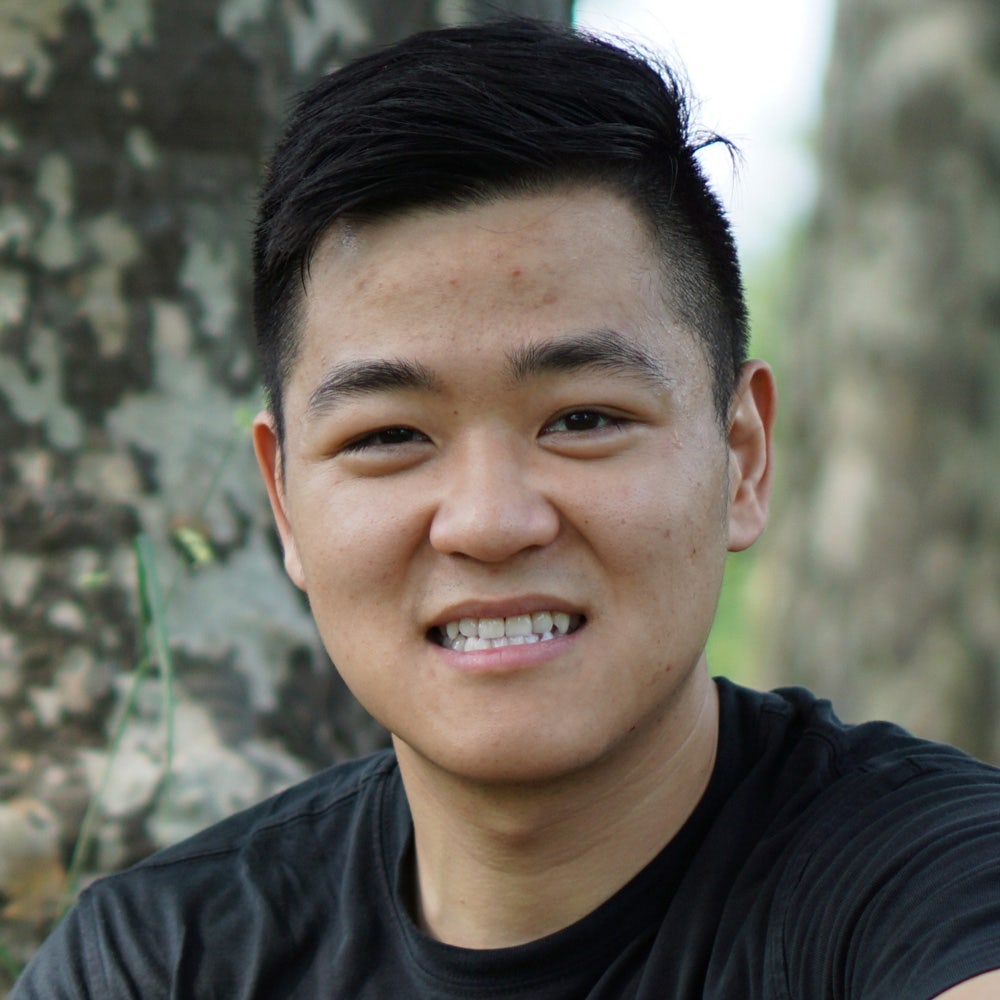

Sadly, tragedy fell on March 10, 1901, when the 19-year old Medical Building, along with the adjoining South Hall, were completely destroyed by fire. Twice struck by lightning and once having its roof torn off in a wind storm, the nemesis which seemed to pursue this building completed its work of ruin on a wild night – Ma– after a storm of ice and sleet had been raging for hours. Over its short 19-year existence, the Medical Building was twice remodeled, the last time in 1888. Yet as bad as all this seemed, things got much worse before it got better. Urgent also were the needs for a gymnasium, athletic field, and assembly hall. In spite of the addition of these new facilities, acute shortages still existed, especially in classroom, office and laboratory space. Some concrete achievement was discernible, nevertheless, in the nine years of President Pickard’s tenure (1878-1887), only four structures had been erected: the first Homeopathic Medical Building (1878), the Power Plant (1879), the Medical Building (1882), and Science Hall (1884). The inadequacy of hospital accommodations at Mechanics Academy was limiting the growth potential of the Medical and Homeopathic Departments, while the Dental Department, working out of a crowded South Hall, had been forced to limit admissions due to lack of space.

But despite the impressive numbers, a true picture of the University showed more limitations than assets. From left to right – Medical Building, South Hall, Old Capitol, North Hall, and Science Hall.Īs the 19th century was drawing to an end, an insurance appraisal of SUI buildings and grounds was set at $400,000. Fortunately, President Schaeffer stepped in, took charge, reassigning Rockwood as his personal assistant, thus ending the student uprising! 1895 – University Square. Apparently, the students were threatening to hold the good doctor out the window of the amphitheater (top left) until he promised not to return. Rockwood, who was the lecturer in chemistry class. This picture parody, produced by the medical students during the 1887-1888 school year, illustrates how the class felt about Dr. Doctor Rockwood is found in a bit of peril. Pasteur Bacteriology Class Lab – Spring of 1895. The new Medical Building (1882) and South Hall (1861) – side by side. Without a doubt, the Medical Building was a state-of-the-art facility, offering both students and faculty a place to learn and grow.

Note in 1900, Mechanics Academy (#2) was called Old Mercy Hospital, Old Capitol (#1) was called Central Building – or Central Hall, and North Hall (#4) was called Library Hall since it become the second home of the University Library (1882-1901). In this promotional piece from 1900, the University’s original four buildings are pictured. In response, the State Regents set up an annual endowment of $20,000 for building purposes, but with all four University facilities (see below) in great need of repair, and with inadequate heating systems, it was obvious that $20K per year would only scratch the surface. Pickard came into office (1878), the Visiting Committee noted that chairs, desks, and furniture in all departments were old and very dilapidated, having been in active service for ten to twenty years – plus, none of the University property carried any insurance! The Medical Class of 1880 – outside South Hall.īy the late 1870’s, the College of Medicine had completely outgrown its allotted space in South Hall, but despite the growth, the State General Assembly was very stingy in giving SUI what it needed to expand facilities, let alone maintain the status quo.

Peck – the founding of the SUI College of Medicine. Irish (Iowa City newspaper editor, state legislator, and a member of the university Board of Trustees), the Iowa City medical department gained approval as the official University medical college in 1870. Dillon (a patient of Peck’s and a graduate of the original Davenport medical college) and the Honorable John P. Peck initiated efforts to create a medical college in Iowa City. In the late 1860s, a prominent Davenport surgeon named Washington F. The remodeled building included a 100-seat amphitheater and a basement dissecting room, as well as cabinets and storage facilities for medical supplies and equipment, but it did not provide hospital beds. 20, 1870, meeting in South Hall (1861), for which an appropriation of $3,000 was made in the summer of 1869 for alterations to meet the needs of the new department. The SUI College of Medicine opened doors for its first class on Sept.


 0 kommentar(er)
0 kommentar(er)
